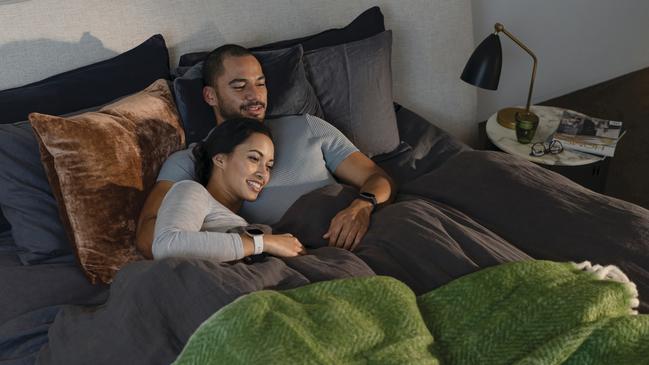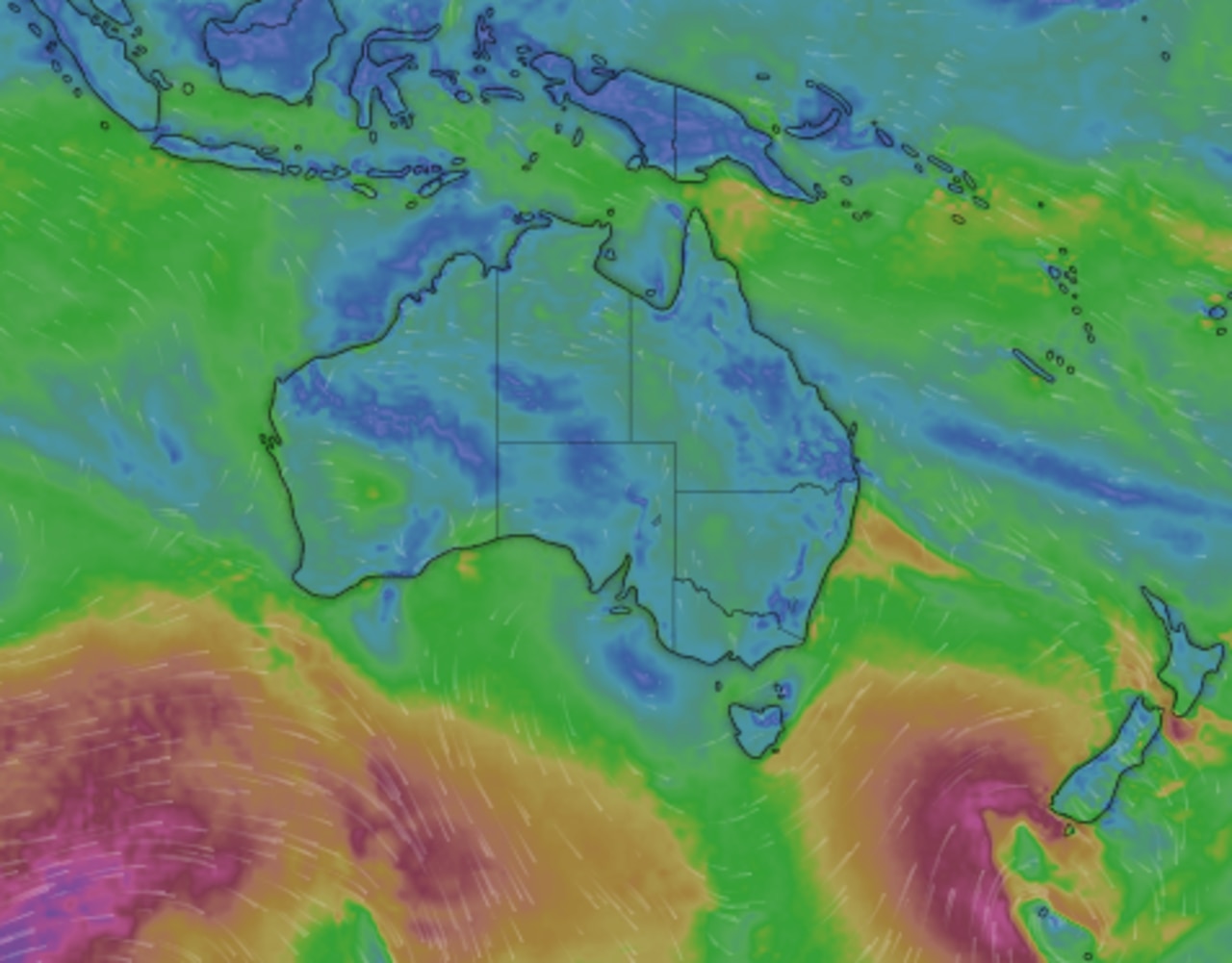Wearable technology is set to boom in 2022 as Aussies snap up smart clothes, sensors and glasses
Connected clothing, jewellery and even glasses are expected to boom in 2022 as health-tracking sensors get even more advanced. See why.

Technology
Don't miss out on the headlines from Technology. Followed categories will be added to My News.
Yoga pants that buzz to adjust your stance, smart tattoos that monitor blood sugar, jewellery that tracks your breathing, and “clinic-on-the-wrist” devices to collect vital signs are forecast to skyrocket in 2022 as wearable technology undergoes a “transformational shift” following the pandemic.
Medical and technology experts say Australians can expect a new wave of wearable gadgetry, including a boom in smart clothing and biosensors, and even the return of smart glasses from one of the industry’s biggest players.
But they also warn not all of the new technology will be practical at first, and some may need to be refined before it’s useful to a wide audience.

Sales of wearable gadgets have soared over the past two years, according to Gartner, which predicts worldwide spending on the technology will hit $131 billion by the end of the year — more than double 2019 figures.
While smartwatches and ‘hearables’ make up most of the spending, more than $19 billion is expected to be splashed on smart clothing, medical patches and even head-mounted displays.
Telsyte managing director Foad Fadaghi said Australians were likely to be among the first adopters after being “conditioned to be comfortable with more wearable devices” through advanced smartwatches and fitness trackers.
“It’s still early days,” he said, “but with more health, wellbeing and biometric information available, it’s likely Aussies will adopt these technologies.”
Early next-gen wearable devices include sensor-packed socks to measure running styles, biomedical patches to monitor blood sugar, temperature and posture, and workout clothes with vibrating, haptic feedback and infra-red light for recovery.
Rumours that Apple will release connected glasses — an advance on Google’s attempt in 2013 — have also begun circulating, with a potential release in late 2022 or early 2023.
Futuresource Consulting senior market analyst Guy Hammett said both interest and development in wearable technology had skyrocketed as the pandemic created a “transformational shift” to track health at home.
The nature of that wearable technology will depend on each user though, according to University of Sydney biomedical devices senior lecturer Omid Kavehei, with future smart clothing, tattoos or sensors designed for specific health conditions.
“Everyone has their own experiences and their own idea of what they want from headsets to smartwatches or tattoos or textiles,” Dr Kavehei said.
“At-risk people might have shirts measuring their hearts rates, sweating, body temperature, and turning that into the risk of heart attack, for example.”
Dr Kavehei said sensors in these devices might not meet the “gold standards” of hospital equipment but could be useful to identify trends, help patients monitor for changes, and help doctors pinpoint areas for further investigation.
“If you have something you can wear for a long time you can get a sense of whether your blood pressure is changing,” he said, “and whether a trend is going in the wrong direction even if every measurement is not accurate.”

Professor Deborah Lupton, who is chief investigator at the Australian Research Council Centre of Excellence for Automated Decision-Making and Society, said research showed clear benefits to using wearable technology; both for those monitoring their own health and the health of loved ones, as in aged care.
But she warned future wearable technology needed to take privacy concerns seriously and be designed to address genuine health concerns that could change over time, like when users fall pregnant or are diagnosed with new conditions.
“When smart devices are designed by Silicon Valley types because they need to make new shiny things, it’s a solution looking for a problem that’s where things fall down,” she said.
“For future design what I would like to see is developers being aware of the variability of users within their own life stages and that lives can change.”
‘NOT IRON MAN’: THE SECRET TO AN AUSSIE WEARBLE SUCCESS
An Australian start-up creating the first street-legal, smart motorcycle helmet became $6 million richer this week in a move its chief executive said proved Aussies were ready to back wearable technology.
Sydney-based Forcite, which currently boasts more than 1300 customers for its MK1 smart motorcycle helmet, raised more than expected in its first venture capital round, including more than $1 million from a simultaneous crowd-funding campaign.

Forcite co-founder and CEO Alfred Boyadgis said the response showed how eager Australians were to see wearable tech solutions come to market when they make sense.
“There are so many different kinds of wearable things — the ones that really stick out service a need,” he said.
“Where the sweet spot is where we are; it’s not Iron Man and it’s not low-tech.”
The company’s smart motorcycle helmets feature technology including a front-mounted camera, microphones and speakers for calls and music, and a lighting system to alert riders to hazards and speed cameras.
Forcite’s previous releases have sold out within days of their launch, however, leaving more than 14,000 registered buyers waiting to make a purchase.
Mr Boyadgis said the company’s new funding would be used to ramp up production to meet this demand, as well as launching a MK1 S model in April, and pushing into European and US markets later this year.
“Our plan is to start shipping internationally towards the end of the year or early January,” he said. “And we’ve got a second generation prototype to show off behind closed doors. We’ll be going all guns blazing on the R & D front.”
More Coverage
Originally published as Wearable technology is set to boom in 2022 as Aussies snap up smart clothes, sensors and glasses





